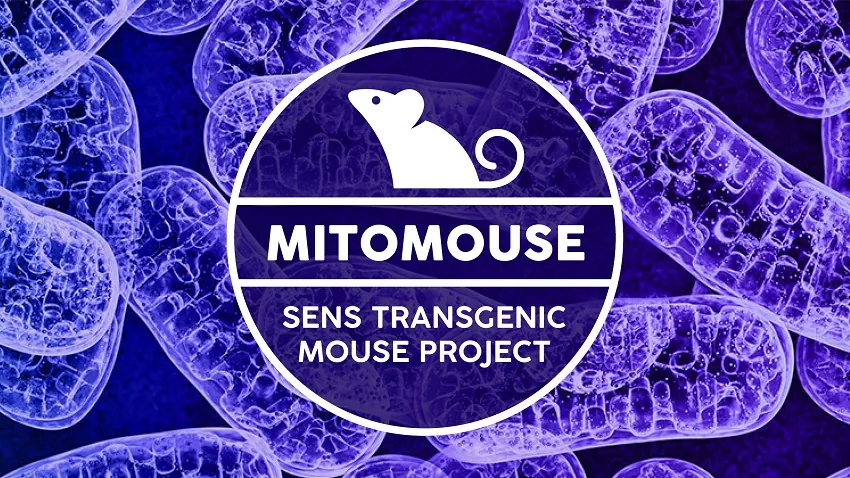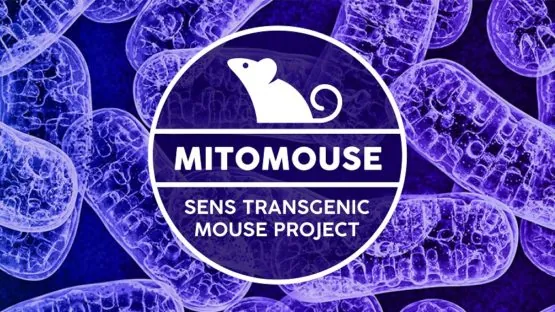Today, we have launched the MitoMouse project on our fundraising platform Lifespan.io. This project aims to reverse the damage that aging does to the mitochondrial DNA and to restore energy production in our cells with the goal of preventing age-related ill health.
The power stations of the cell
The mitochondria are the power stations of every single cell in our bodies, and they are responsible for converting the nutrients we absorb into energy. The mitochondria are so efficient at doing this that they are responsible for around 90% of the energy that our cells need to function and survive.
However, mitochondria do even more than just simply producing energy. They also create chemicals that our cells need for other functions, break down waste products to make them less harmful, and recycle some of those waste products to save energy.
Our mitochondria are actually not originally part of us; they were once ancient bacteria that infiltrated our cells as stowaways, and they were co-opted by our distant ancestors’ cells due to their ability to produce energy much more efficiently. This partnership is ideal, especially for supporting complex animals including us, as bigger brains need more energy.
This origin means that our mitochondria have their own mitochondrial DNA (mtDNA), which sits in the mitochondria outside of the cell nucleus, where our own DNA is housed and protected. Originally, there were around 1000 mitochondrial genes, but over thousands of years, these genes gradually migrated into the cell nucleus to join our own DNA. Now, only 13 of the original mitochondrial genes remain outside the nucleus, and their location causes problems.
As we age, the mitochondria become increasingly damaged and dysfunctional, and this is thought to be a major reason why we age and develop age-related diseases. The primary reason for this is that they produce free radicals during energy production. These free radicals are a natural byproduct of that process, but, as we age, the amounts of free radicals produced rises, and as they are released and bounce around inside our cells, they can strike and damage the remaining mtDNA, which is not protected inside the cell nucleus as our own DNA is.
But what if we could repair the mitochondria to restore energy production for healthy longevity?
Repairing the mitochondria
The MitoSENS program, which is being developed by the SENS Research Foundation, is aiming to see if such a feat is possible in animals by developing therapies that are able to repair aged and damaged mitochondria; this is the basis of the MitoMouse project.
The first step in doing this will be to demonstrate the reversal of mitochondrial DNA damage in a specially engineered mouse strain. The project will move mitochondrial gene ATP8 into the cell nucleus, where it will be protected from damage; in other words, finishing the job that nature has already done with the other 1000 or so mitochondrial genes.
The migrated ATP8 gene, once located in the cell nucleus, should then continue to express its protein, allowing the mitochondria to function as normal but keeping the gene protected by the nucleus wall safe from damage by free radicals. If this is successful, it will be the first animal proof of concept that this therapy can work in mammals and the first step towards translating it to people.
Get involved today!
To help make MitoMouse a success, we need your help to fund and test this exciting and unique approach to mitochondrial damage. Head over to the MitoMouse project page at Lifespan.io to learn more about this exciting initiative and see how you can contribute to the project today!




